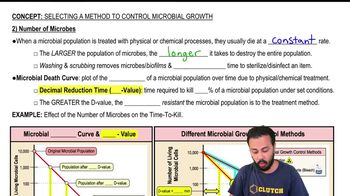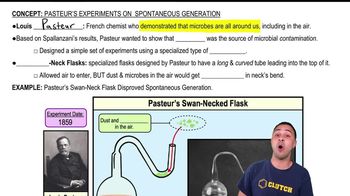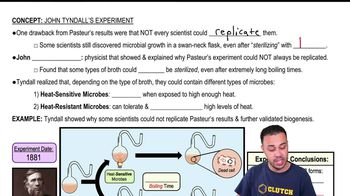Which of the following is a beneficial activity of microorganisms?
a. Some microorganisms are used as food for humans.
b. Some microorganisms use carbon dioxide.
c. Some microorganisms provide nitrogen for plant growth.
d. Some microorganisms are used in sewage treatment processes.
e. all of the above




